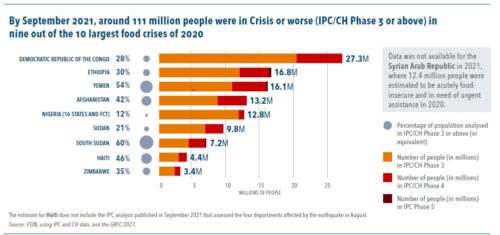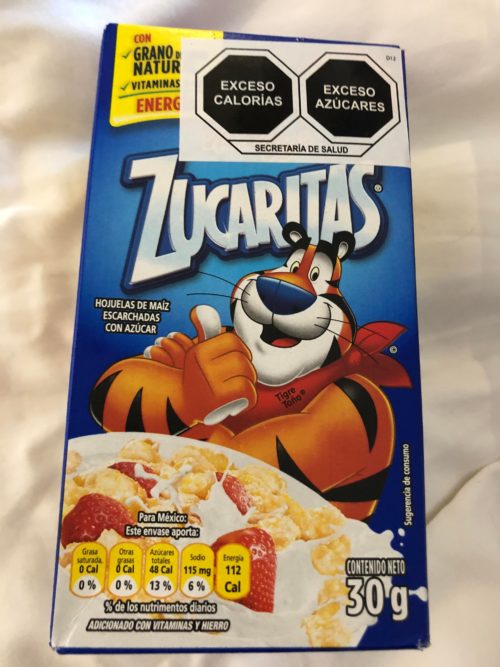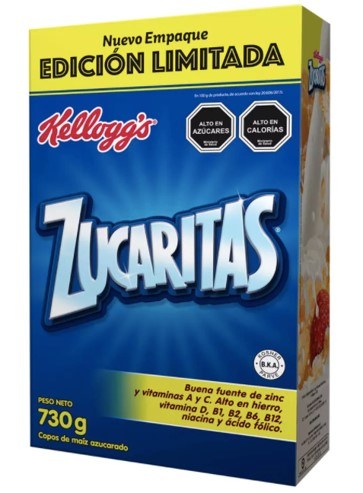Industry-funded study from 1930: meat is good for you!
I am indebted to David Ludwig for passing along this bit of nutritional history.
The study: PROLONGED MEAT DIETS WITH A STUDY OF KIDNEY FUNCTION AND KETOSIS.*
BY WALTERS. McCLELLAN AND EUGENE F. Du BOIS. Journal of Biological Chemistry Volume 87, Issue 3, 1 July 1930, Pages 651-668
Method: Several men agreed to eat nothing but meat for a year. The meats included beef, lamb, veal, pork, and chicken, in various parts. This was a high-fat, low-carb diet. The men lived at home mostly.
Conclusion: In these trained subjects, the clinical observations and laboratory studies gave no evidence that any ill effects had occurred from the prolonged use of the exclusive meat diet.
Funder: These studies were supported in part by a research grant from the Institute of American Meat Packers.
Comment: I did not realize that industry sponsorship of favorable studies went back that far. I’ll bet there are lots more. Researchers: start digging!

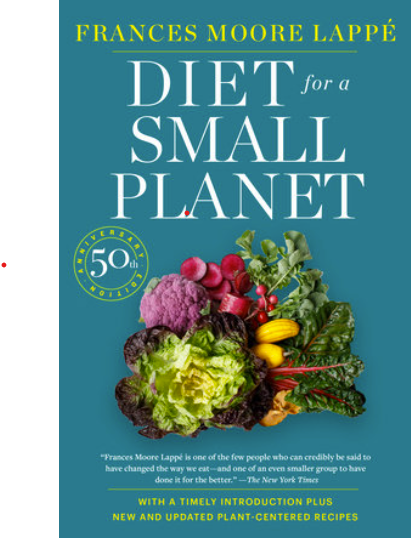
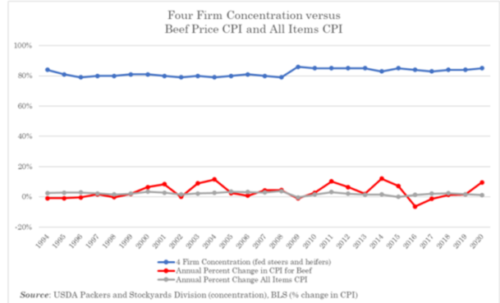 And, it says,
And, it says,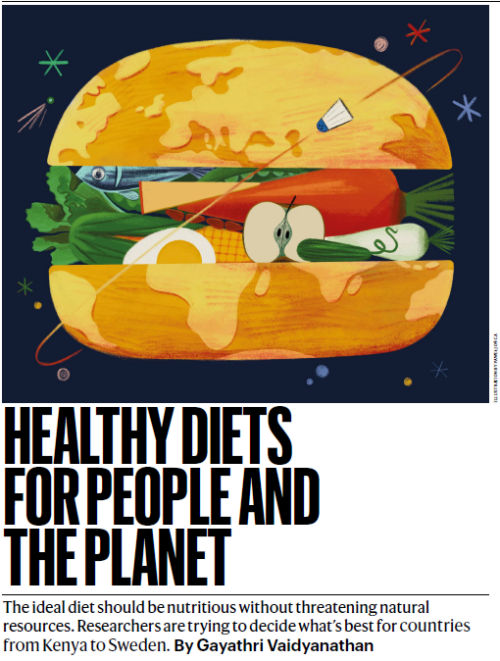
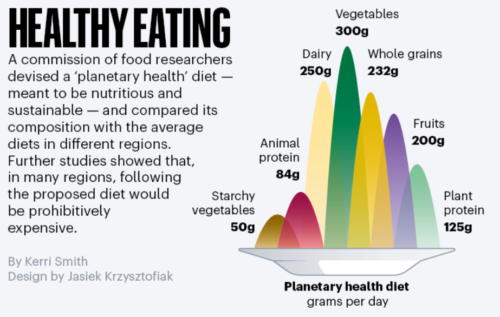
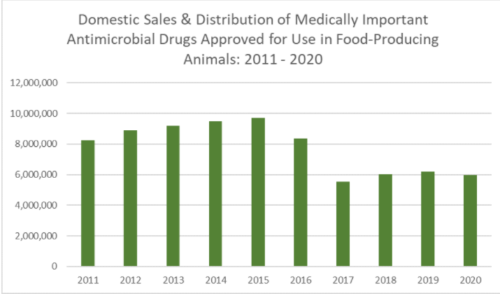
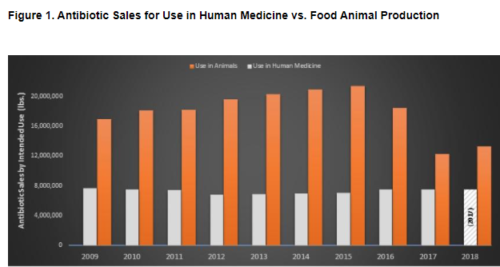
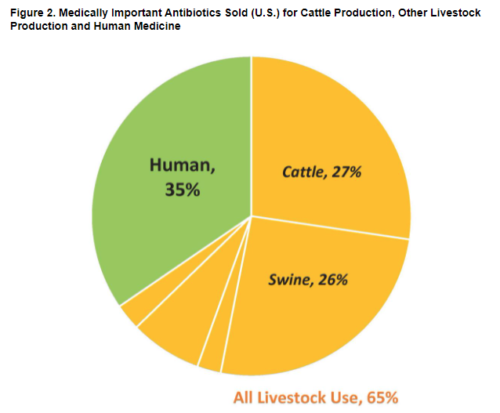
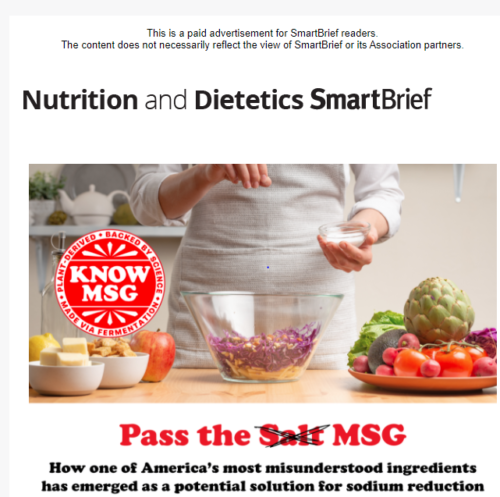
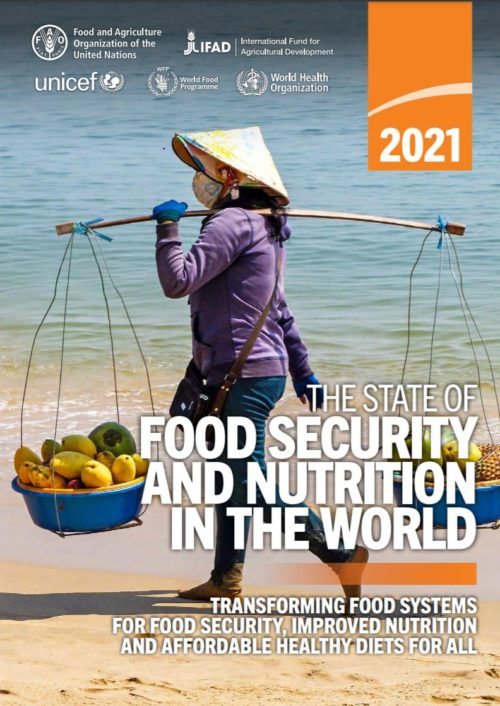
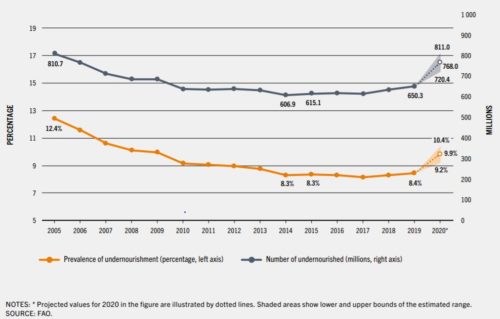
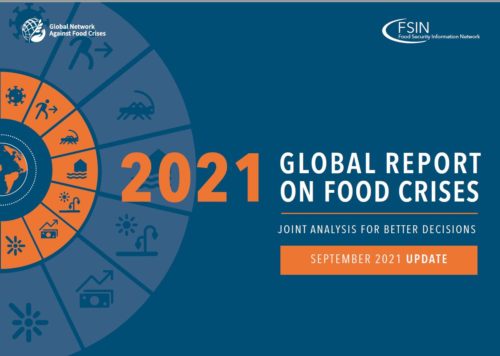 Regions in Asia and Africa have been hit hardest. The report gives the situation country by country.
Regions in Asia and Africa have been hit hardest. The report gives the situation country by country.